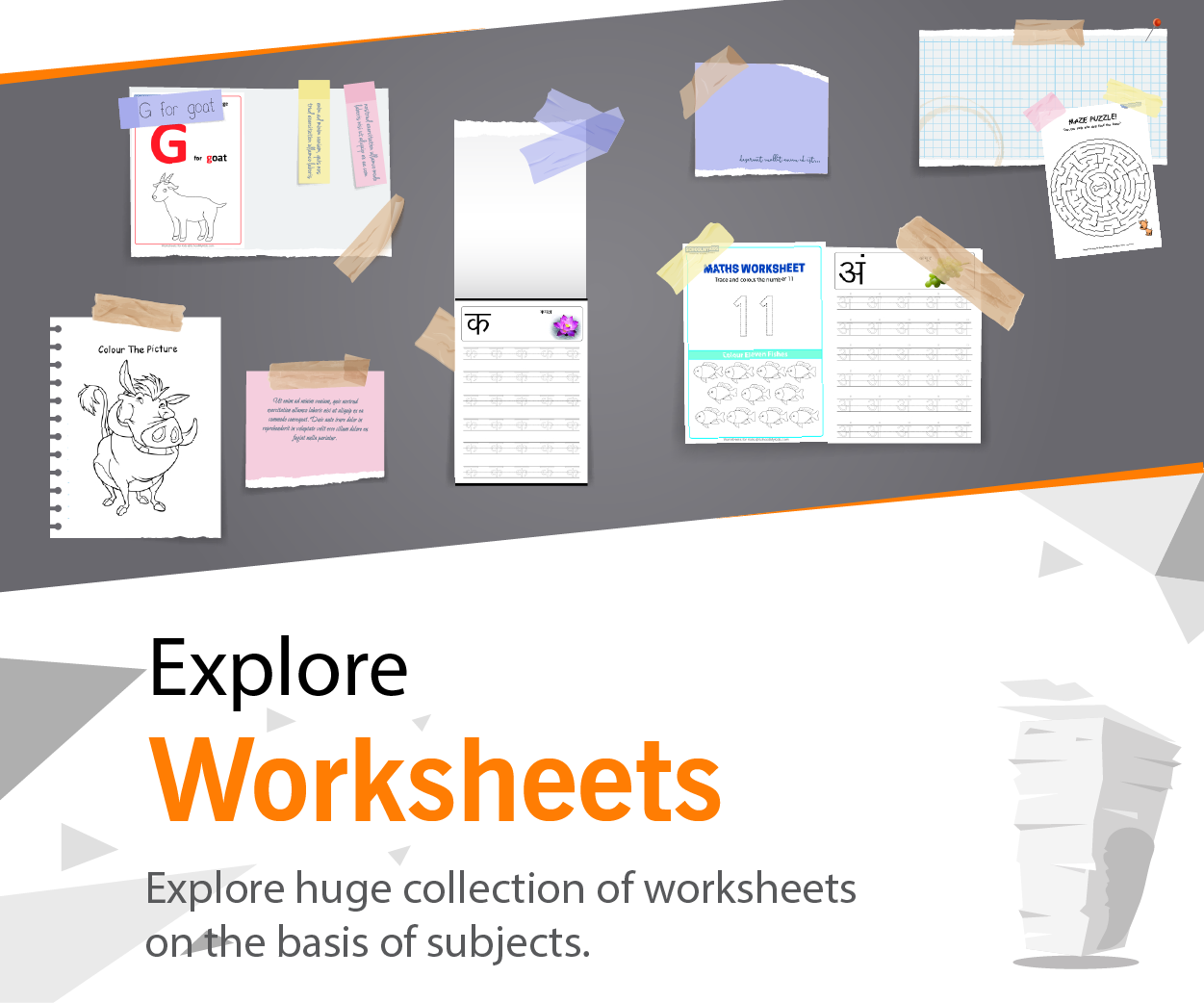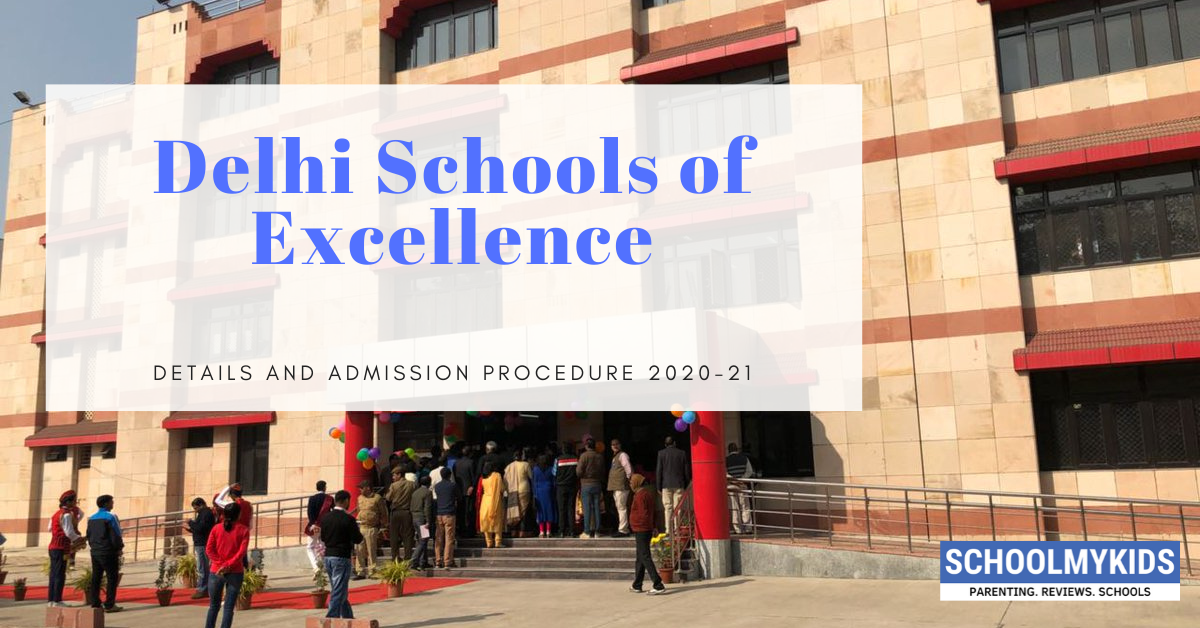In today's rapidly evolving educational landscape, STEM activities have become a cornerstone of effective learning. As the world increasingly relies on technology and innovation, it is essential for students to engage in hands-on learning experiences that encourage critical thinking, creativity, and problem-solving skills. This blog will explore the Top 10 STEM Activities for Students, highlighting their importance and offering insights on how parents and teachers can support these initiatives through engaging educational projects.
Building Bridges
One of the most popular STEM activities involves designing and constructing bridges using everyday materials like popsicle sticks, straws, or even spaghetti. This activity encourages students to think critically about engineering principles such as tension and compression. As they test the strength of their bridges by adding weights, they learn valuable lessons about structural integrity and design.
How to Support This Activity:
- Parents: Encourage your child to sketch their bridge design before building it. Discuss different types of bridges and their purposes.
- Teachers: Facilitate a classroom competition to see whose bridge can hold the most weight, fostering a sense of teamwork and friendly rivalry.
Egg Drop Challenge
The Egg Drop Challenge is a classic hands-on learning activity that teaches students about physics and engineering. The goal is to create a protective structure around an egg to prevent it from breaking when it is dropped from a height. This project encourages creativity and problem-solving as students brainstorm various designs.
How to Support This Activity:
- Parents: Provide materials like cardboard, bubble wrap, and tape, but allow your child to lead the design process.
- Teachers: Organize a class event where students can present their designs and discuss the science behind their choices.
Coding with Robots
Incorporating coding into education is essential for preparing students for future careers. Using programmable robots like LEGO Mindstorms or Ozobots allows students to learn coding concepts while engaging in fun challenges. These activities promote logical thinking and collaboration.
How to Support This Activity:
- Parents: Introduce your child to coding apps or websites like Scratch or Code.org to practice coding skills at home.
- Teachers: Integrate robotics into the curriculum by organizing coding clubs or after-school programs.
Science Experiments
Conducting simple science experiments at home or in school can ignite a passion for discovery in students. Activities like creating volcanoes with baking soda and vinegar or growing crystals teach scientific concepts in an engaging way.
How to Support This Activity:
- Parents: Encourage your child to ask questions about the experiment's outcome and discuss the scientific principles involved.
- Teachers: Incorporate experiments into lessons, allowing students to hypothesize outcomes before conducting them.
Environmental Projects
Engaging students in environmental projects, such as creating a small garden or conducting water quality tests, helps them understand ecological principles and the importance of sustainability. These projects promote a sense of responsibility towards the environment.
How to Support This Activity:
- Parents: Involve your child in gardening at home or visiting local parks to discuss ecosystems.
- Teachers: Collaborate with local environmental organizations for field trips or guest speakers.
Math Games
Using games to teach math concepts can make learning enjoyable. Activities like math scavenger hunts or building geometric shapes with blocks help reinforce mathematical skills through play.
How to Support This Activity:
- Parents: Use everyday situations, like cooking or shopping, to practice math skills in real-life contexts.
- Teachers: Incorporate math games into lessons to create an interactive classroom environment.
Design Challenges
Encouraging students to solve design challenges—like creating a container that can keep ice from melting—promotes critical thinking and innovation. These challenges often require research, planning, and testing.
How to Support This Activity:
- Parents: Discuss different materials that could be used for insulation and encourage experimentation.
- Teachers: Provide feedback on designs during the planning phase to help refine ideas before testing.
Virtual Reality Experiences
Utilizing virtual reality (VR) technology can immerse students in STEM subjects like astronomy or biology. VR experiences allow them to explore environments they might not otherwise encounter.
How to Support This Activity:
- Parents: Invest in affordable VR headsets or apps that provide educational content.
- Teachers: Integrate VR into lessons where applicable, enhancing engagement through immersive experiences.
Data Collection Projects
Engaging students in data collection projects—such as tracking weather patterns or conducting surveys—teaches them about statistics and analysis. Students learn how to gather data, interpret results, and present findings effectively.
How to Support This Activity:
- Parents: Help your child design surveys or collect data on topics of interest.
- Teachers: Guide students through the process of analyzing data using software tools or spreadsheets.
Collaborative Group Projects
Group projects that require collaboration on scientific research or engineering tasks promote teamwork and communication skills essential for future success. These projects encourage diverse perspectives and problem-solving strategies.
How to Support This Activity:
- Parents: Encourage your child to share ideas with peers during group work.
- Teachers: Foster an inclusive environment where every student feels valued for their contributions.
Conclusion
Engaging in these Top 10 STEM Activities not only enhances student learning but also prepares them for future challenges in an increasingly technology-driven world. By incorporating these activities into everyday life through effective hands-on learning experiences, parents and educators can encourage a love for science, technology, engineering, and mathematics among students. Supporting these initiatives through creative educational projects helps cultivate critical thinkers who are ready to tackle tomorrow's problems with confidence and innovation!







